For a San Pedro historian, I did not have a very “Pedro” upbringing. My San Pedro awakening was so quick and immersive that I can hardly remember what I knew or felt before I started learning.
The only feeling I do remember is perfectly illustrated by a story I’ve told many times before, involving my friend, Lizzie Piper. I met Lizzie in junior high at Dodson. She had just moved here from Scotland, and she had a fantastic accent. One of the first things I asked Lizzie was, “How did you find us?” As far as I was concerned, San Pedro was a sleepy hamlet invisible to the outside world, full of people who were happy never to have to leave. While we’ve taken the never wanting to leave to new heights in the last year, it is apparent that I had zero clue about San Pedro’s role in the grand scheme of history or global commerce.
In my studies over the last ten years, I have come across many similar examples of people who felt San Pedro was essentially invisible and did their best to get the word out. These promotional campaigns were often championed by local businesses who knew that relying on the local consumer base wasn’t sustainable; they needed to attract people from out of town.
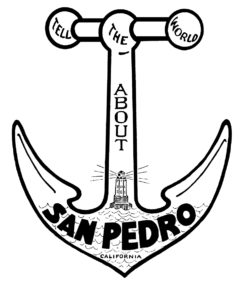
The “Tell the World About San Pedro” t-shirt design for the San Pedro Heritage Museum’s next Heritage Tee for this year’s Together We Are Stronger campaign. (photo: San Pedro Heritage Museum)
One of those efforts was the “Tell the World About San Pedro” campaign, which began in 1920. There were a lot of objectives to this campaign. First, to combat the push for local identity erasure proposed by changing San Pedro’s name to Los Angeles Harbor (see “The San Pedro Identity,” San Pedro Today, March 2021). Second, to finally claim all of the thriving industries that called San Pedro home, like the lumber that built most of Los Angeles, the tuna canneries, fishing fleet, shipbuilders, trade, and being home to the Navy’s Pacific Fleet. Finally, town leaders wanted to attract more people to live here. The campaign’s secondary tagline promoted San Pedro as a “safe place in which to harbor.” In other words, the campaign tried to sell San Pedro as a place to make a home. San Pedro, like most of Southern California, was experiencing a housing shortage. The Navy needed homes for their officers and sailors with families, so there was added pressure to get homes built. More San Pedrans meant more customers for businesses and more tax dollars for the city of L.A. It also meant more votes for San Pedro’s interests.
From the 1920s through the 1930s, booster campaigns like these were usually promoted by groups that fell under the label of “progressive.” Progressive is a loaded political term, and this was especially true in the 1920s, which was part of the Progressive Era of American history, including industrialization and political reform. Because these progressive groups were essentially filled with local merchants, the segment of progressivism they were pushing was the mass consumerism that became the norm at this time. This capitalistic force would remain in San Pedro and pop up from time to time under different titles. We’re more familiar with them as revitalization or redevelopment. Often, they hurt the town more than they helped.
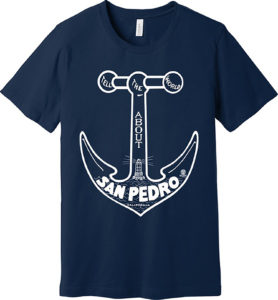
This year’s t-shirt supporting the San Pedro Heritage Museum. (photo: Calimucho Screen Printing)
As many instances as I’ve found of San Pedrans feeling unseen, I have seen just as many stories of individuals feeling as if they have discovered San Pedro. One famous story is that of George H. Peck, an engineer for the Southern Pacific, who was on the first train into San Pedro. San Pedro wasn’t even a city yet, and all of San Pedro Hill was open and undeveloped. Peck saw San Pedro’s potential to be a great port city and helped it grow into that vision.
My favorite stories of San Pedro discovery are of those who decide to move here because of some feeling they can’t quite articulate, the San Pedro vibe. I wholeheartedly believe that San Pedro speaks to people; Yolanda Regalado would call it San Pedro’s siren song. Like the “Tell the World About San Pedro” campaign, the San Pedro call always looks for people who get the town and want to make their home here. People who want to learn all about it, raise their families here, and continue the hominess that we’re famous for. That’s why I am such a huge fan of San Pedro’s transplants; they don’t take this town for granted and want to tell the world about San Pedro. So whether you heard the call or dug the vibe, I’m glad you found us. spt
You can purchase this year’s San Pedro Heritage Museum fundraising t-shirt through Calimucho’s Together We Are Stronger campaign by clicking here. This historical design for the “Tell the World About San Pedro” campaign is part of the birth of San Pedro’s hometown pride.
Please join us on Wednesday, April 21 at 7 p.m. for our Heritage at Home presentation, “The Birth of San Pedro Pride.” To participate, email angela@sanpedroheritage.org.

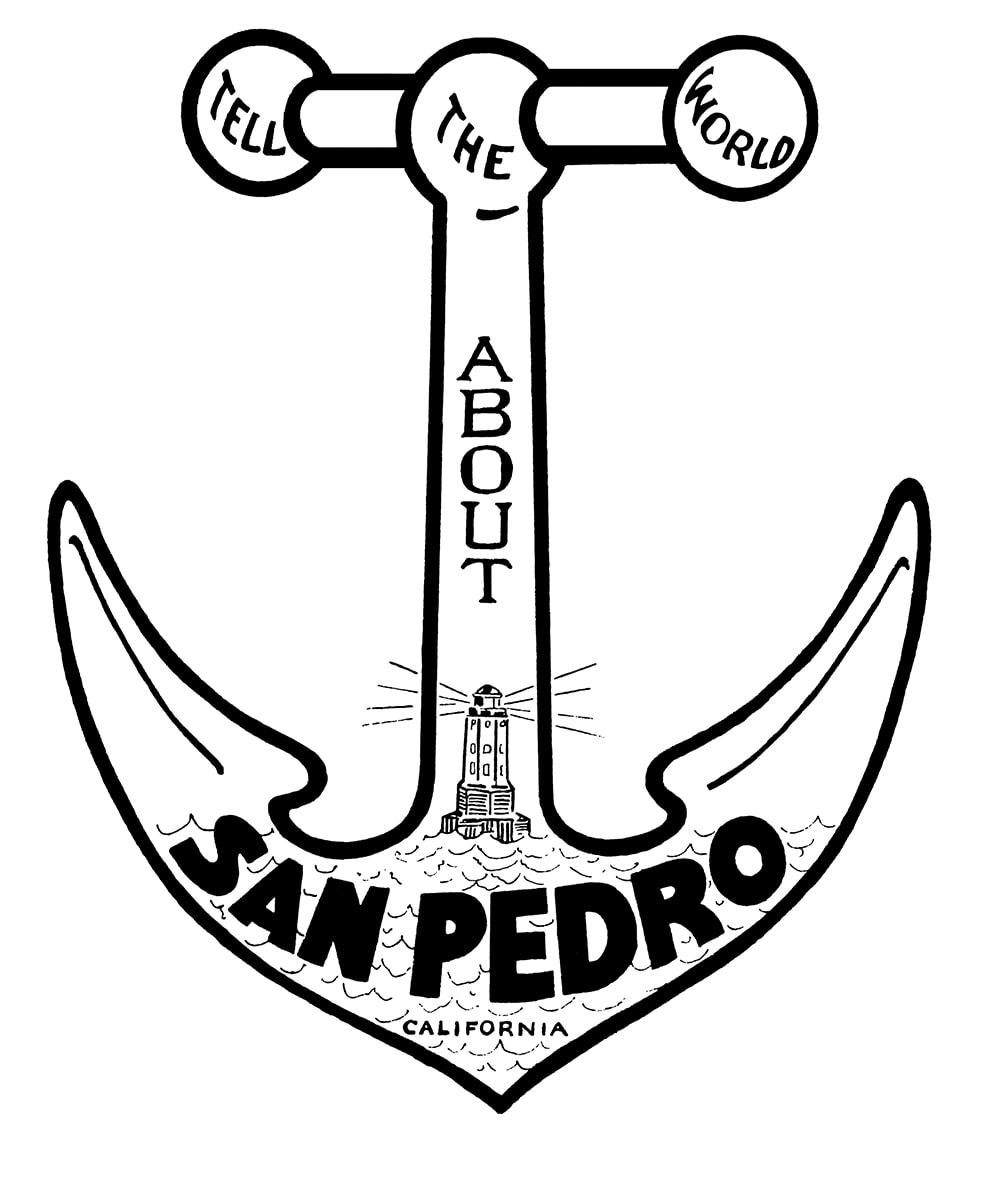
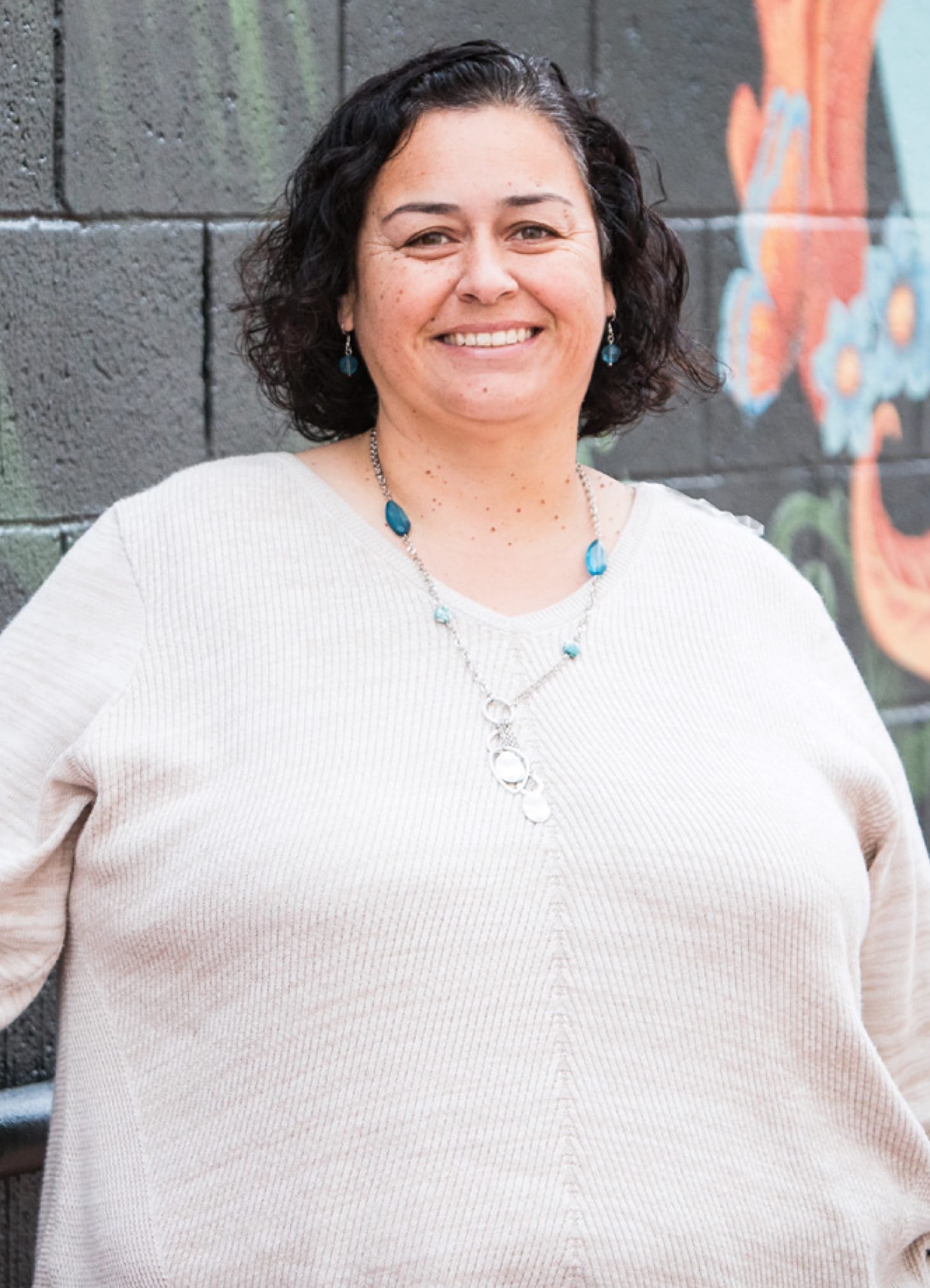


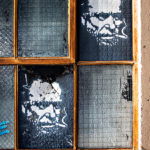
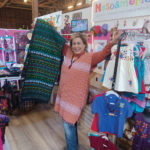
Comments